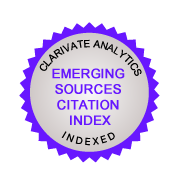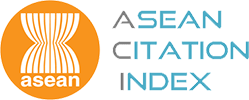Advertizing, Concentration and Profitability in Malaysian Manufacturing Revisited: A Simultaneous Equation Approach
Abstract
The original Structure-Conduct-Performance (SCP) paradigm that postulates a unidirectional relationship between concentration, advertizing and profitability had been used as the theoretical framework for many empirical works in industrial organizations before the mid seventies. Thereafter, doubts had begun to surface over the unidirectional postulate and there is new theory suggesting simultaneous interdependence. Unfortunately, not only are Malaysian studies in this area few and far between (exhaustive literature review yields only three published studies namely, Gan and Tham, 1977; Gan, 1978; and Rugayah, 1992), they also failed to incorporate the more recent theoretical development on the simultaneity of effects. This paper revisits the SCP paradigm as applied to the relationship among concentration, advertizing and profitability by conducting an empirical test that allows for simultaneous interdependence among variables. A set of three equations was estimated using three stage least squares (3SLS). The results provide considerable support to the feedforward and feedback effects between the three variables. Advertizing intensity exerts a significant influence on profit and concentration in the industry and there exists a feedback effect running from concentration to advertizing intensity. This finding suggests that advertizing does have an anti-competitive impact on the industry and therefore has a direct bearing on competition policy analysis.
Additional Files
Published
30-12-2004
How to Cite
Subramaniam, S. D., Md. Nor, N. G., & Abdullah, A. Z. (2004). Advertizing, Concentration and Profitability in Malaysian Manufacturing Revisited: A Simultaneous Equation Approach. International Journal of Management Studies, 11(2), 63–72. Retrieved from https://e-journal.uum.edu.my/index.php/ijms/article/view/9176
Issue
Section
Articles












